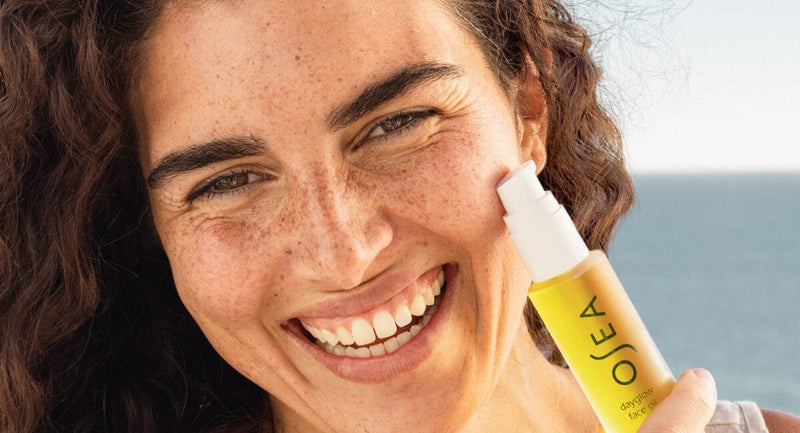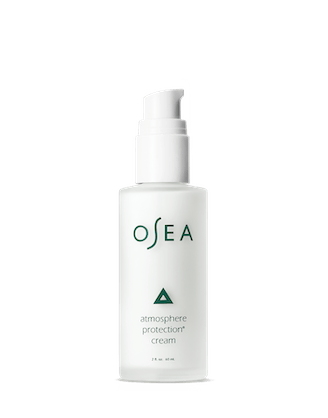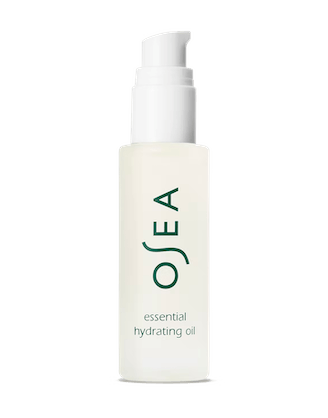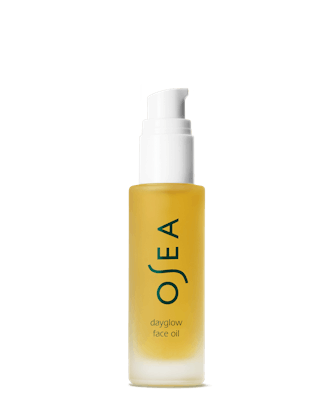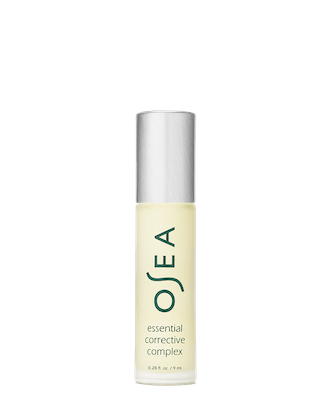Great skin doesn’t happen overnight, but a skincare regimen you can stick with will get you there over time. From facial oils to moisturizers and cleansers, there are a wide variety of products designed to nourish, soften, and hydrate. Knowing which products to use and when to use them will help you maintain a radiant appearance, no matter your age.
For many beauty lovers, a daily skincare routine starts with cleanser, moisturizer, and sunscreen. Others prefer to incorporate other products, including toners and serums. You might even find yourself switching or adding products as your skin’s unique needs change.
When it comes to moisturizing, you’ll see both creams and oils recommended. Creams are effective hydrators because they are made from both oil and water to help provide and maintain hydration, while oils do a great job of locking in your skin’s moisture. If you want to use both products in your routine, does it matter when you use them?
Benefits of Face Oils and Cream Moisturizers
There are plenty of benefits to using oils and moisturizers in your skincare routine. Oils penetrate deep into the skin to support its natural barrier and help it retain existing moisture for a smoother, softer finish¹. Some face oils even contain powerful antioxidants that can help reduce visible signs of aging².
From sun damage to dryness, oils can combat a variety of skin issues, making them a suitable choice for nearly any routine. Those with acne-prone skin may want to exercise caution, though—facial oils can allow your skin to trap excess sebum and debris, which can lead to more breakouts³. Instead, look for products designed specifically for blemish-prone skin to get the balanced protection and hydration.
Creamy moisturizers also address dryness and rough texture, but by different means compared to face oil. Moisturizers add hydration to the skin because they contain water and keep moisture in place because they contain oils. These products may also contain skin-loving ingredients, like ceramides and hyaluronic acid, to promote even more hydration⁴.
Occlusives vs. Humectants
If both oils and moisturizers help skin retain water, is there really a difference between them? Yes—the difference lies in the method of hydration. Occlusives—which can appear on ingredient listings as plant oils, wax esters, and hydrocarbons—seal in existing moisture. Humectants, on the other hand, include glycerin and hyaluronic acid. These ingredients draw water into the skin.
The properties of occlusive ingredients are why you typically apply oil on damp skin or after other skincare steps. Lotion, on the other hand, can contain both water- and oil-based ingredients that provide moisture and create a protective barrier. This means you can apply it to dry or damp skin.
Does Face Oil or Moisturizer Go First?
We’re all taught to apply skincare products in a specific order based on how heavy they are, but is that the only way? Many skincare lovers wonder whether moisturizer or oil should be applied first since they play similar roles. For a glowy appearance, apply oil after moisturizer to keep all your products in place for the whole day.
Protect skin against the elements with one of OSEA’s ultra-hydrating moisturizers. Try the Atmosphere Protection Cream to create a barrier against environmental pollutants while hydrating your skin. Our Advanced Protection Cream. uses a vegan retinol alternative and biomimetic lipids for deep hydration and nourishment that helps reduce the appearance of wrinkles and uneven skin tone. Clinical results show the Advanced Protection Cream increasing skin hydration by 121% immediately and continuing to protect the skin to help prevent water loss⁵. The Seabiotic® Water Cream is our lightweight seaweed-based formula, clinically proven to provide continuous hydration for 72 hours⁶.
Try our Essential Hydrating Oil or Dayglow Face Oil to keep skin glowing and supple. The Essential Hydrating Oil contains a nourishing blend of eight essential oils, which work to visibly plump skin and reduce the appearance of fine lines. The Dayglow Face Oil is our seaweed-infused formula, which treats skin to a concentrated dose of Omegas 6 and 9 for barrier support.
Want to amp up the benefits of your favorite OSEA products? Blend your oil and moisturizer for the best of both worlds.
Can You Still Use These Tips on Acne-Prone Skin?
If you’re worried about breakouts, there’s no need to stress. Our Essential Corrective Complex is a calming oil made from a nourishing combination of white thyme, tea tree, and juniper. These ingredients meld to keep skin clear and healthy, and the handy rollerball applicator makes choosing between all-over use and spot control a breeze. Our Blemish Balm uses plant-based salicylic acid, derived from wintergreen to clear up acne and prevent future breakouts, while a trio of red seaweeds deliver perfectly-balanced hydration.
When glowing, youthful skin is what you’re after, never underestimate the power of a great routine. Whether you decide to layer your products or blend them, finding a method that’s easy to remember and produces results you’re happy with is the secret to your skincare success.
References:
1. Lasheve, R. (8 January 2016). 7 Reasons You Should Really Start Using Face Oils. Good Housekeeping. Retrieved on April 13, 2023, from
https://www.goodhousekeeping.com/beauty/anti-aging/a36318/face-oils-benefits/
2. Rud, M. (21 March 2023). Everything You Need to Know About Face Oils, According to Experts. Byrdie. Retrieved on April 13, 2023, from
https://www.byrdie.com/face-oils-for-skin-5217295
3. Are Face Oils Good for Your Skin? Cleveland Clinic. Retrieved on April 13, 2023, from
https://health.clevelandclinic.org/are-face-oils-good-for-your-skin/
4. How to pick the right moisturizer for your skin. American Academy of Dermatology Association. Retrieved on April 13, 2023, from
https://www.aad.org/public/everyday-care/skin-care-basics/dry/pick-moisturizer
5. Based on an instrumental measurement in a clinical study on 34 women ages 40-65 exposed to extreme, dehydrating weather conditions.
6. Based on a third-party consumer perception and clinical study conducted over 4 weeks on 31 women ages 25-65.
